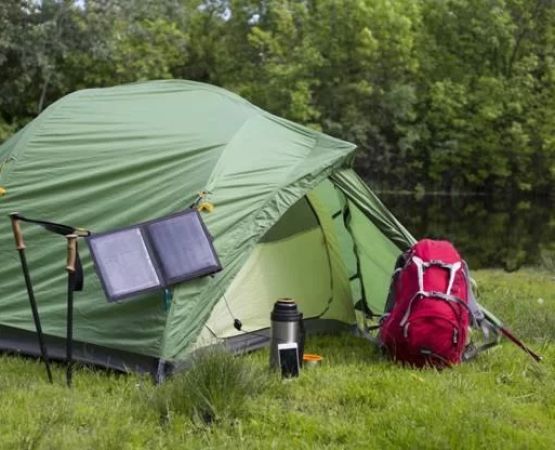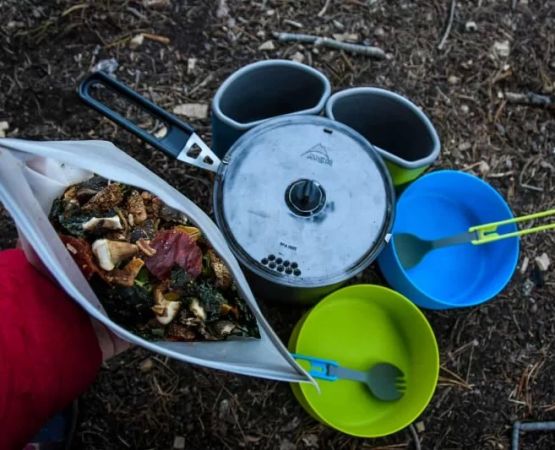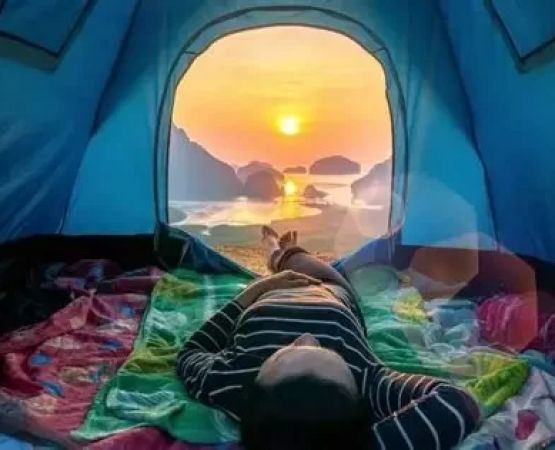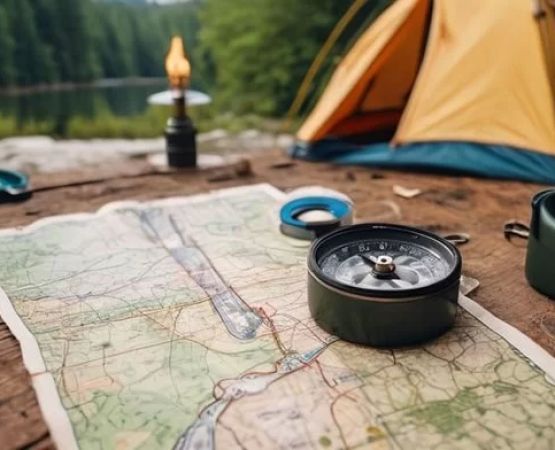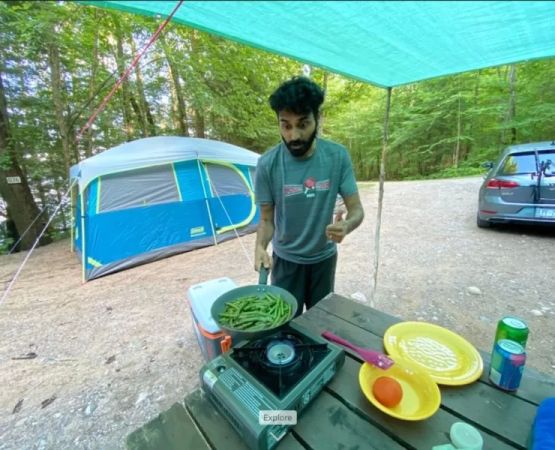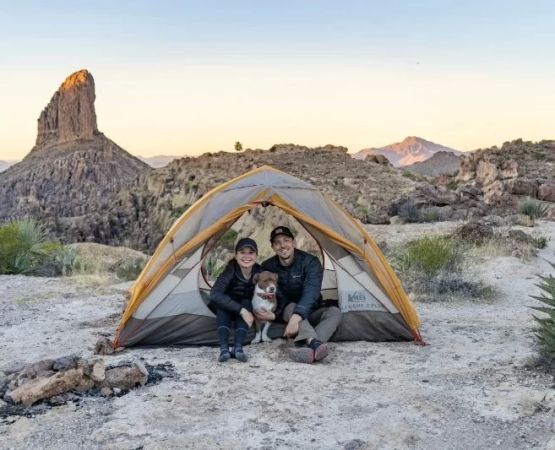How to Pack and Store Camping Gear for Easy Access
As someone who loves outdoor adventures, I know how important it is to have all your camping gear organized and easily accessible. Over the years, I've learned a few valuable tips and tricks to help me pack and store my camping gear in a way that makes my trips more enjoyable and less stressful. In this article, I’ll share my experiences and how you can make packing for your next camping trip a breeze.
1. The Importance of Proper Camping Gear Storage
Before we dive into the specifics of packing and storing your gear, let me explain why it’s crucial to organize your camping equipment effectively. Imagine arriving at your campsite after a long hike, only to find that you can’t locate your tent, sleeping bag, or even your cooking supplies. It can lead to frustration and unnecessary stress. That’s why organizing your gear ahead of time is so important. Not only does it make packing for your trip easier, but it also saves you time once you arrive at your campsite.
1.1 Reduced Stress and Frustration
One of the main benefits of packing and storing your camping gear properly is that it reduces stress. I can tell you from personal experience that having easy access to everything I need—whether it’s for setting up my tent or making a hot meal—helps me stay relaxed and focused. The less time you spend searching for your gear, the more time you have to enjoy the great outdoors!
1.2 Prolongs the Lifespan of Your Gear
Proper storage also plays a big role in extending the life of your camping equipment. When I first started camping, I didn’t always take care of my gear the right way. For example, leaving my tent packed in a damp bag for extended periods led to mold growth, and storing my sleeping bag without the proper compression sack caused it to lose its insulating properties. I quickly realized that taking a little extra time to store my gear properly could save me money in the long run.
2. Packing Tips for Easy Access
Now that you understand the importance of proper storage, let’s talk about how to pack your gear so that it’s easy to access when you need it. The key is to be strategic in how you organize your items.
2.1 Use a Checklist
Creating a checklist is one of the best ways to ensure that you pack everything you need for your camping trip. I’ve found that writing down all the essential items—tent, sleeping bag, stove, cookware, food, first aid kit—helps me stay organized and prevents me from forgetting anything. Once everything is packed, I check off each item to make sure it’s accounted for. A simple checklist can make packing for your trip more efficient and save you from any last-minute scrambling.
2.2 Group Similar Items Together
Another packing tip I swear by is grouping similar items together. For example, I keep all my cooking gear—pots, pans, utensils, and fuel—in one bag or container. This makes it much easier to find everything when it’s time to prepare a meal. I also do this with my first aid supplies, flashlight, and batteries. The more organized your bags and containers are, the quicker you can grab what you need without wasting time.
2.3 Pack by Priority
When packing, I always place the most frequently used items at the top or in the most accessible compartments of my bag. For example, I’ll put my rain jacket, water bottle, and snacks in the outer pockets of my backpack, so they’re easy to grab without having to dig through the entire bag. Similarly, my sleeping bag and tent are packed last so that they’re easy to access when setting up camp at the end of the day.
3. Storing Camping Gear Properly
When it comes to storage, there are a few things I’ve learned over the years to help preserve my gear and keep it in top condition.
3.1 Use Storage Bins for Protection
One of the best ways to store your camping gear at home is by using sturdy plastic storage bins. I keep my sleeping bag, tent, and other sensitive items in bins that protect them from dust, moisture, and pests. The bins are stackable, which makes it easy to keep everything organized and out of the way. I also label each bin, so I know exactly where each item is when it’s time to pack for a trip.
3.2 Keep Gear Dry and Clean
After every trip, I make sure to clean my gear and let it dry completely before storing it. For instance, I hang my tent and sleeping bag outside to air out, ensuring they don’t develop any unpleasant odors. I’ve learned the hard way that storing damp gear can lead to mildew, so now I always give everything time to dry thoroughly before packing it away.
3.3 Store Gear in a Climate-Controlled Area
It’s important to store your camping gear in a cool, dry, and climate-controlled area. I avoid storing my gear in garages or basements that are subject to temperature fluctuations and humidity. Instead, I keep everything in a closet or storage room in my home. This helps prevent the deterioration of fabrics, zippers, and other materials. I also recommend avoiding placing heavy items on top of your gear, as it can cause unnecessary pressure and damage over time.
4. Using Gear for Multiple Purposes
One of my favorite tips for making packing easier is investing in multi-purpose camping gear. For example, a multi-tool that functions as both a knife and a screwdriver, or a sleeping bag that doubles as a pillow, can save space and reduce the amount of gear you need to bring. When packing for a camping trip, I always prioritize gear that serves more than one function, as it keeps my load lighter and my packing process simpler.
4.1 Multi-Use Items to Consider
Some of the multi-use items I highly recommend include a hammock that can also serve as a blanket, a portable stove that works as both a grill and a burner, and a waterproof bag that doubles as a backpack. These items not only help reduce the number of things you need to pack but also enhance the overall experience of your camping trip.

